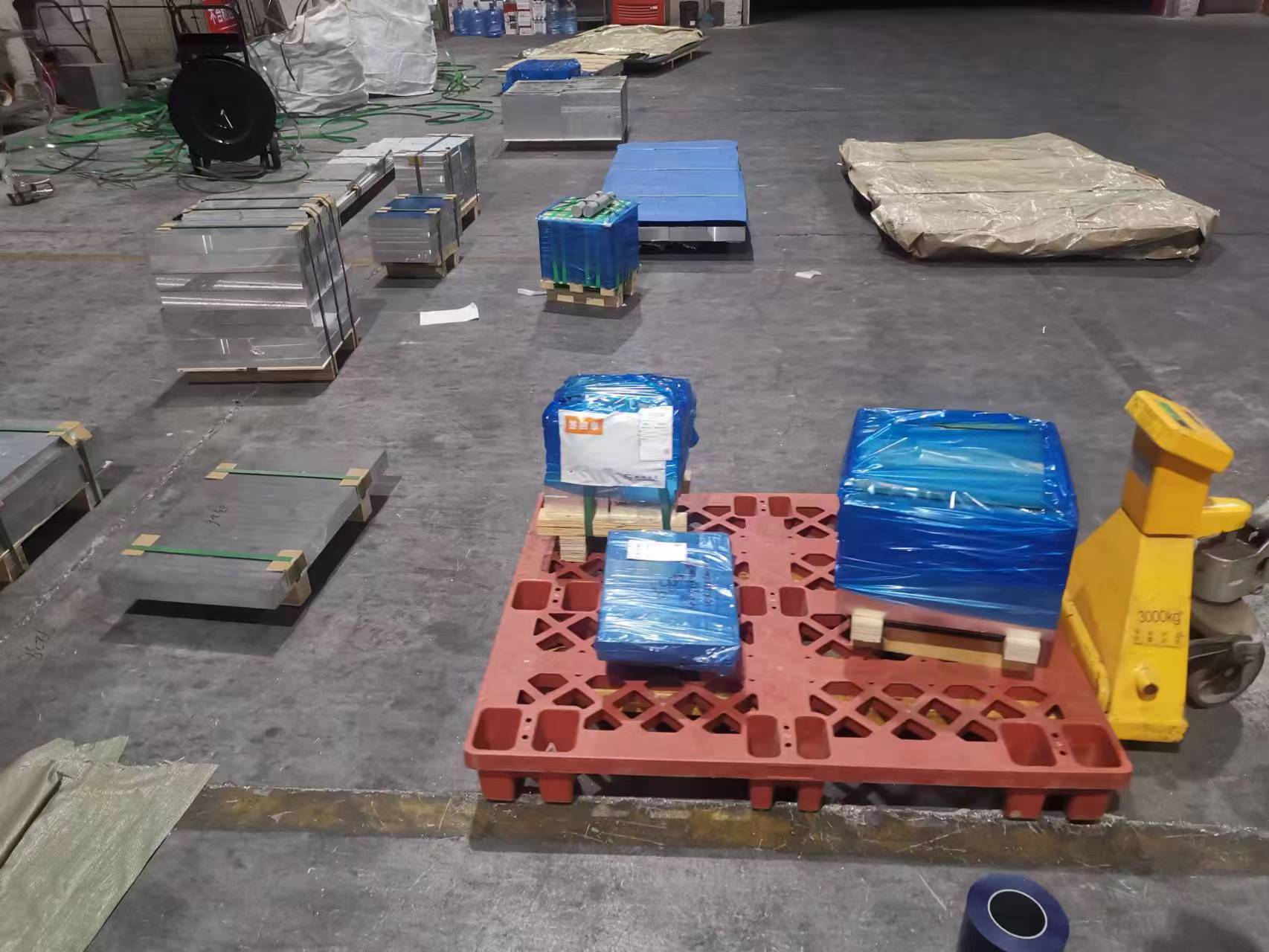Surface Treatment Process for Aluminum Materials
Surface Treatment Process for Aluminum Materials
Hot keword :2024 5052 5083 6061 7075
The latest article
- 7050 Aluminum Plate: The Corrosion-Resistant Powerhouse for Aerospace
- 6082 Aluminum Plate: The High-Strength Workhorse for Structural & Heavy-Duty Applications
- 6063 Aluminum Plate: The Unbeatable Choice for Architecture & Decoration
- 6061 Aluminum Plate: The All-Rounder for Industrial Manufacturing
- 6016 Aluminum Plate: Balanced Performance, In-Stock Solution for Multi-Field Manufacturing
- Anhui Shenchang Aluminum Group Co., Ltd. to Showcase Premium Aluminum Solutions at Manufacturing Indonesia Series 2025
Surface Treatment Process for Aluminum Materials
Commonly used aluminum alloys and aluminum profiles undergo various surface treatment processes to enhance their appearance and performance. These processes include:
- Passivation: Passivation is a method of converting the surface of a metal into a less chemically active state to slow down its corrosion rate. It involves reducing the chemical reactivity of a metal or alloy, making it appear as if it has become a noble metal.
- Anodizing: Anodizing is an electrolytic process that forms a thin layer of another metal or alloy on the surface of certain metals, typically aluminum. This process enhances the surface’s corrosion resistance and can be used for decorative and functional purposes.
- Painting: Surface painting is often used for external protection and decoration of equipment. Prior to painting, aluminum profiles are typically subjected to pretreatment processes, including phosphating, chromating, or chemical oxidation, to ensure strong adhesion of the paint.
- Sandblasting: Sandblasting is a surface preparation technique used to increase surface roughness and improve paint adhesion. It is commonly performed before painting or powder coating.
- Chemical Oxidation: Chemical oxidation forms a thin oxide film on the aluminum’s surface. This film is relatively thin, typically 0.5 to 4 micrometers thick, and is porous. It can serve as a primer for organic coatings but does not provide the same wear and corrosion resistance as anodized coatings.
- Coloring: Aluminum can be colored using two main techniques: anodizing and electrophoretic coloring. Anodizing allows for a wide range of colors to be achieved by selectively coloring the oxide layer. Electrophoretic coloring is another method used to apply color to anodized aluminum surfaces.
- Chemical Polishing: Chemical polishing is a process that uses the selective self-dissolution effect of aluminum and aluminum alloys in acidic or alkaline electrolyte solutions to achieve a smooth, shiny surface finish. It can reduce surface roughness and improve aesthetics.

